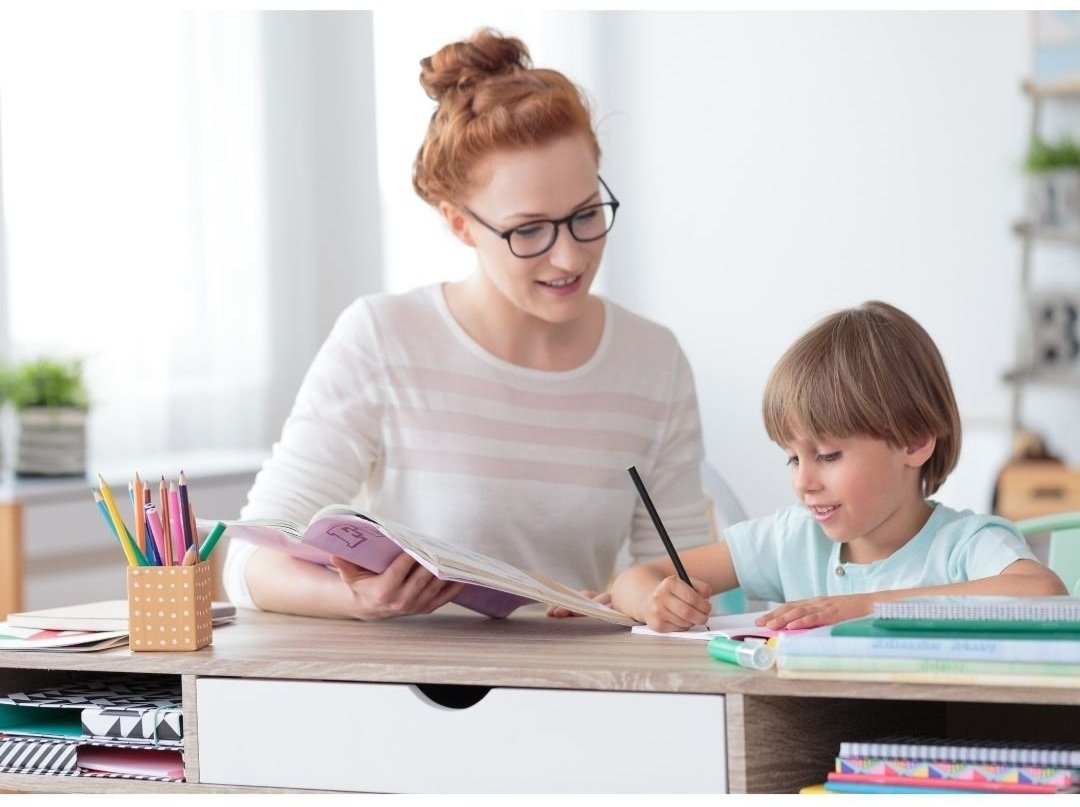Reading fluency refers to a student’s ability to read in a way that sounds natural. It includes students’ reading rate, the expression with which they read, and the accuracy of what they are reading. Fluency is separate from the skills of decoding and comprehension. Students can have strong decoding and comprehension skills and weak fluency or vice versa. Exposure to these three areas certainly helps strengthen each in turn. However, practicing reading with a focus on decoding and comprehension exclusively does not guarantee improved fluency.
Fluency is an important part of becoming a competent reader. When a student struggles with fluency, it is likely that other areas of her reading may suffer. For students who struggle with accuracy, the meaning that they make of their reading becomes skewed. And when students read slowly, often due to a lack of sight word knowledge or labored decoding, they retain less. Finally, when they read without expression, it can have a negative impact on their reading comprehension.
Here are some ways you can help students strengthen their reading fluency:
Model Fluent Reading
When modeling what fluent reading sounds like, it’s important to include a wide variety of text types. This way, you provide students with exposure to lots of different ways to read expressively. The expression we use when reading dramatic fiction is very different from that which we use when reading a news story. The younger the students, the more often they should be hearing what good, fluent reading sounds like.
Echo Reading
A great way to get kids to practice reading fluently is to let them copy exactly how you do it. This is called Echo Reading. When students are able to hear you model fluent reading and then immediately practice it themselves, they are more likely to use proper expression, rate, and accuracy. Echo reading can be effective in both one-on-one settings as well as in groups.
Reader’s Theater
One of the first ways young children learn how their reading should sound is through stories. This is why using reader’s theater to allow students to practice their reading is an excellent method for improving fluency. Whereas regular stories are told in a narrative format, Reader’s Theater allows students to take on a role in the story as they are reading it. This reading role-play encourages them to speak as their character would speak, which makes reading with expression feel more natural.
Build sight word knowledge
Sometimes a student’s struggle with fluency is related to weak sight word knowledge. When this is the case, it is important to strengthen the students’ ability to recognize sight words, as well as increase the number of sight words. While it used to be thought that sight words needed to be “memorized,” the best way for students to really internalize sight words is through the process of orthographic mapping.
Use visuals in text for breaks, pauses, inflections, etc.
Most of us know that when we come to a period in a text, we need to pause in order to communicate to ourselves or to our listener that we’ve reached the end of a complete thought. Some students have a much harder time remembering what that period means, or even noticing it at all. While real-world texts won’t include any extra visuals beyond punctuation marks and text styles, some students benefit from a little extra coding in their text to help remind them what their reading should sound like. This can include a color-coded set of additional symbols that tell the student when to pause (when there is a period), when to inflect their voice up (when there is a question mark), when to emphasize a word (italics or bold), etc.
Identify natural phrases in text
Another strategy that can help students learn how to group words more naturally as they are reading is to specifically look for natural phrasing in text and circle those phrases. This takes modeling for students to do correctly, but once they are familiar with the process it can go a long way in eventually helping them apply the skill of identifying phrases to their reading naturally.









